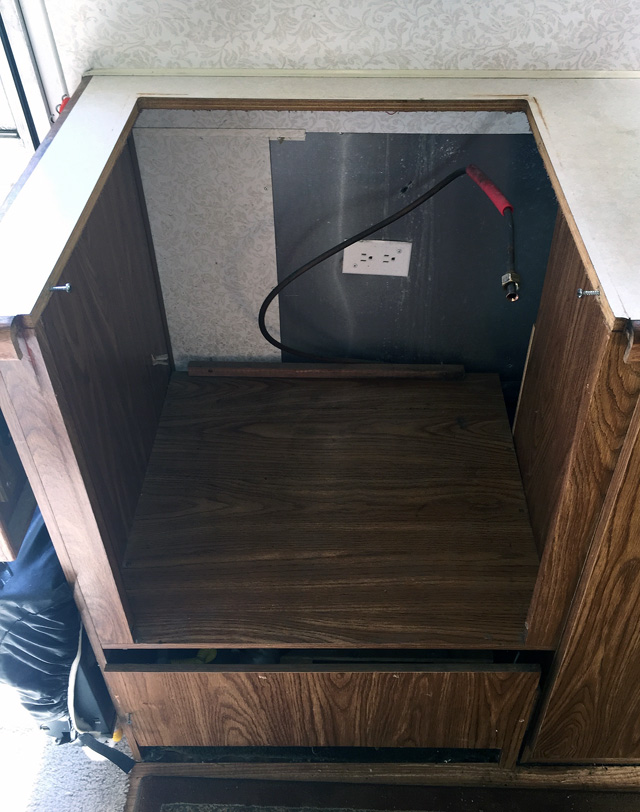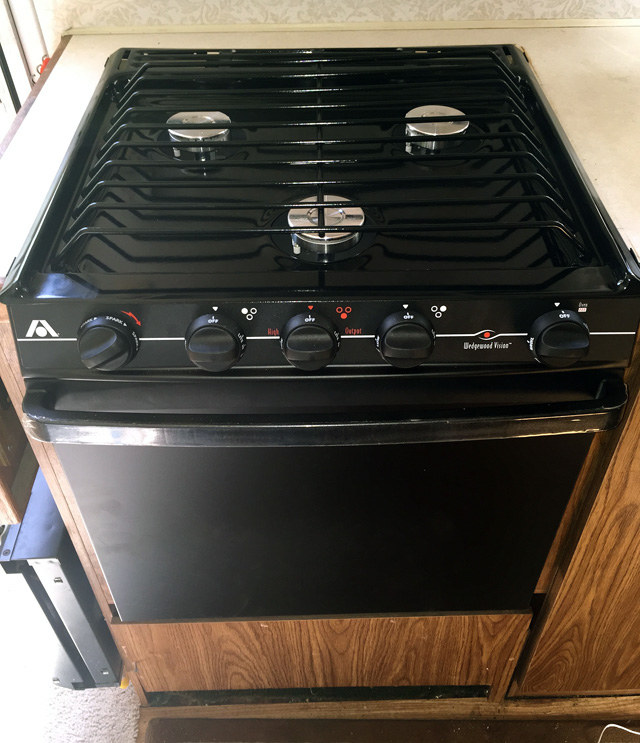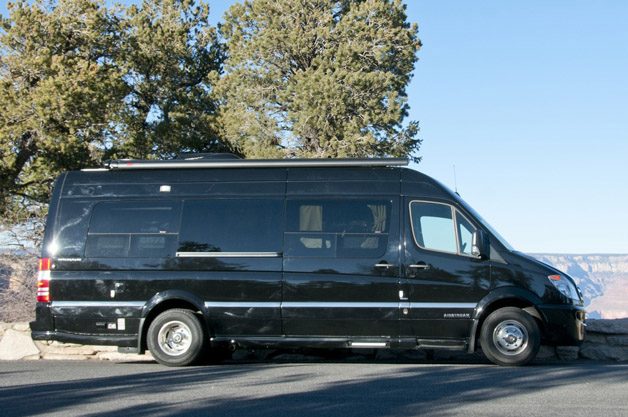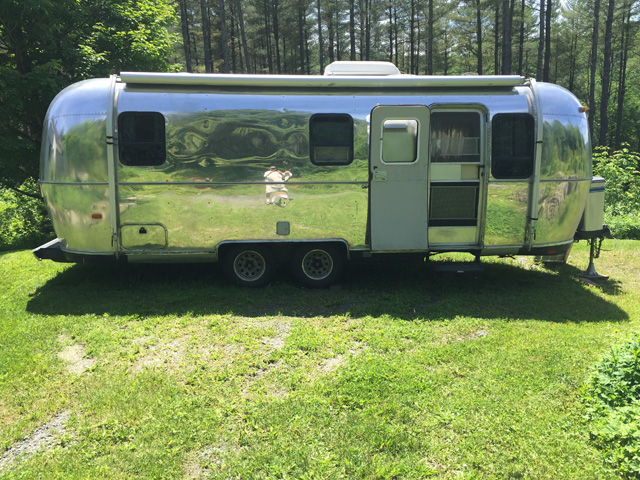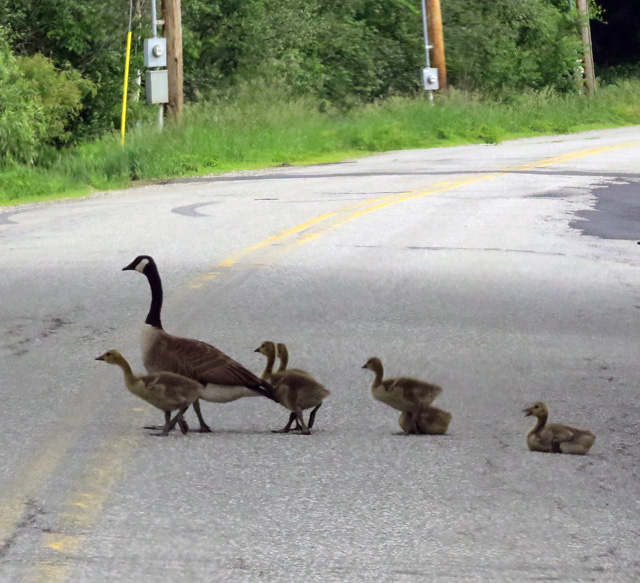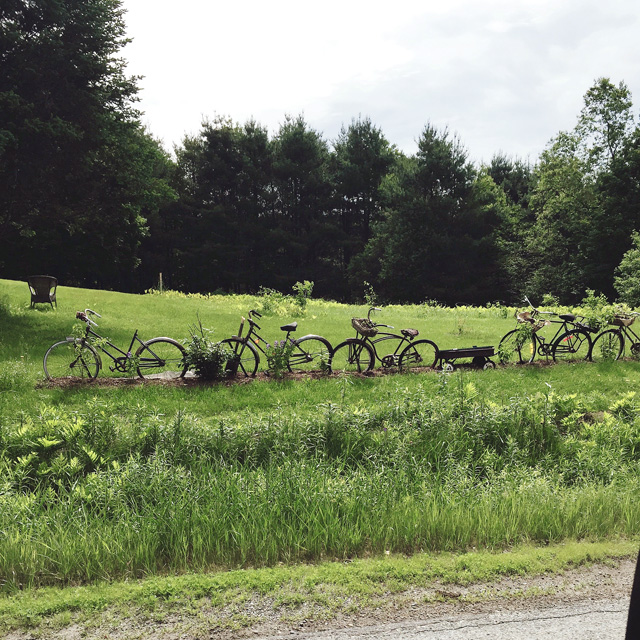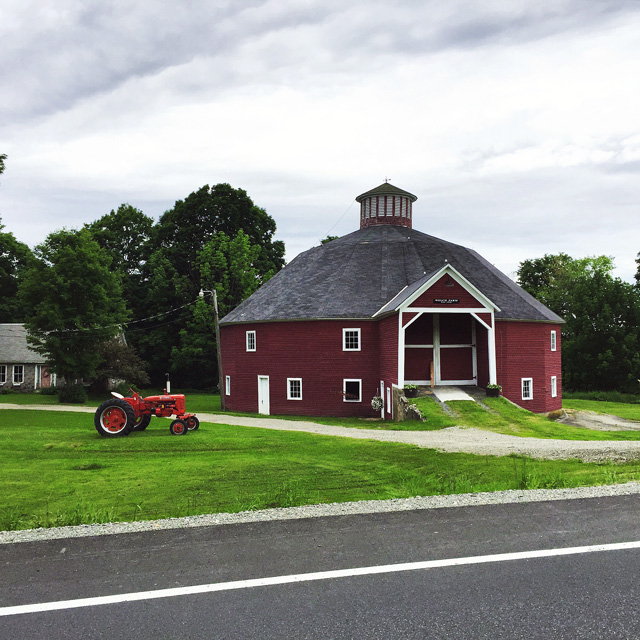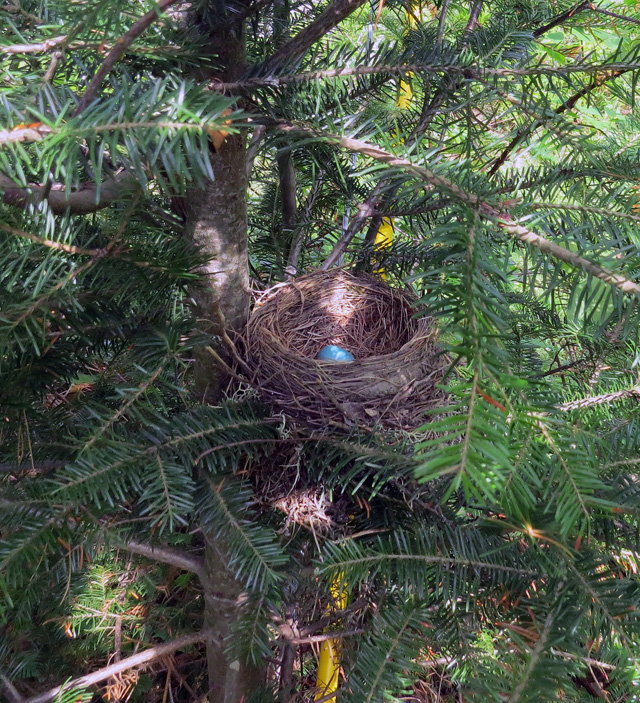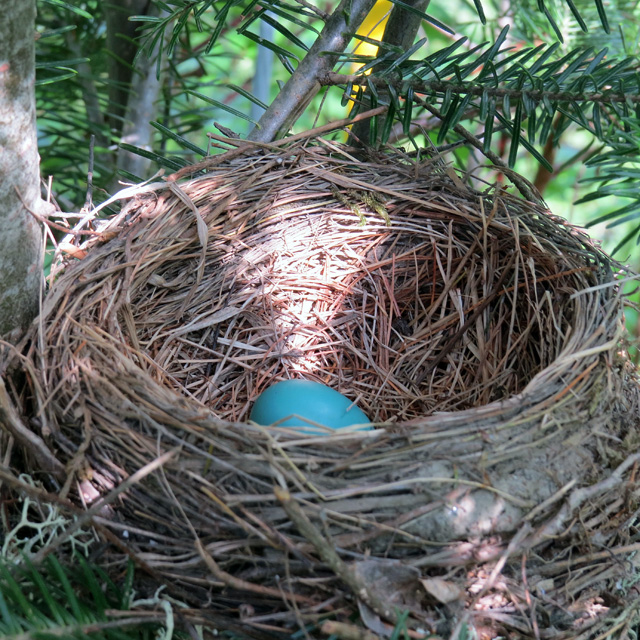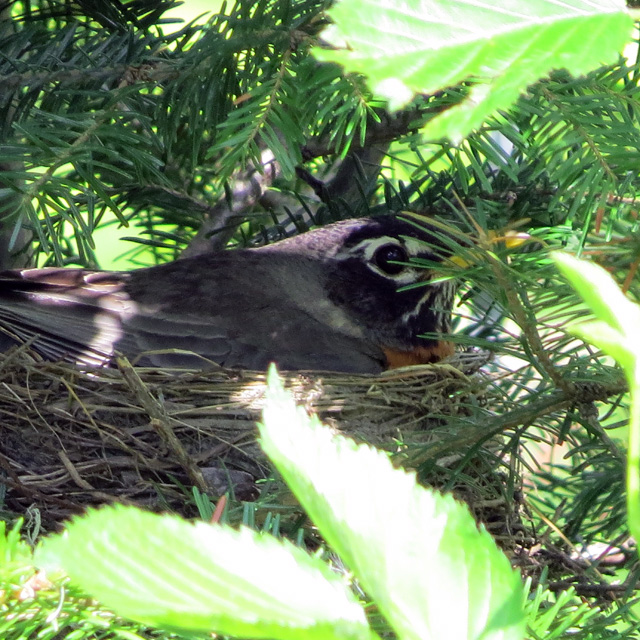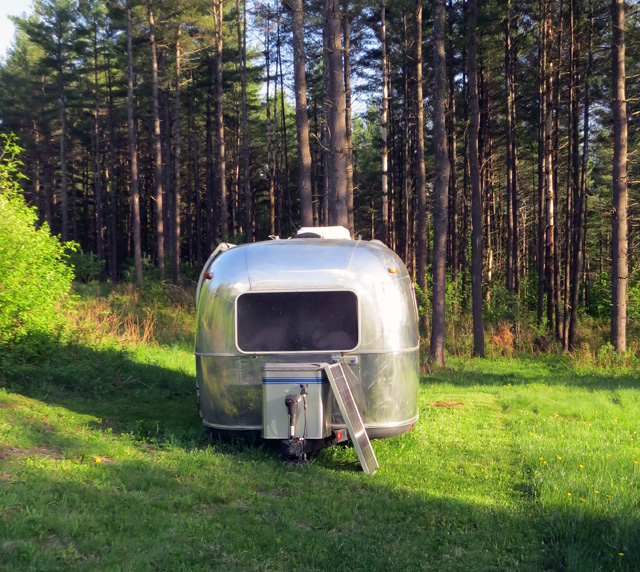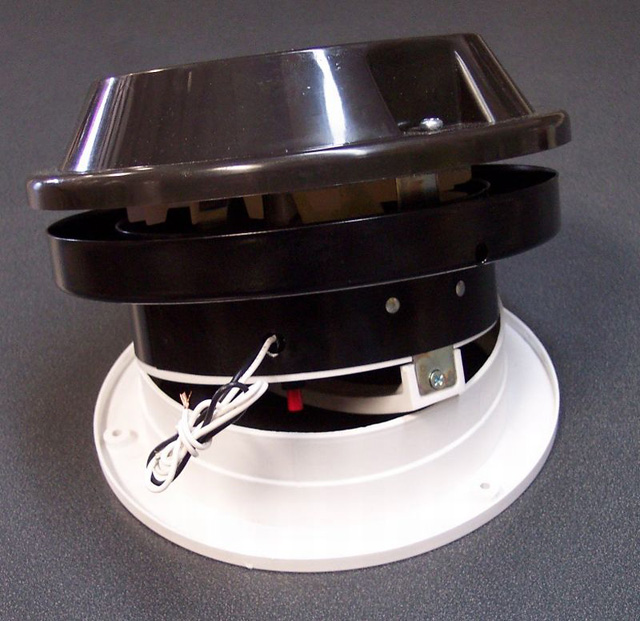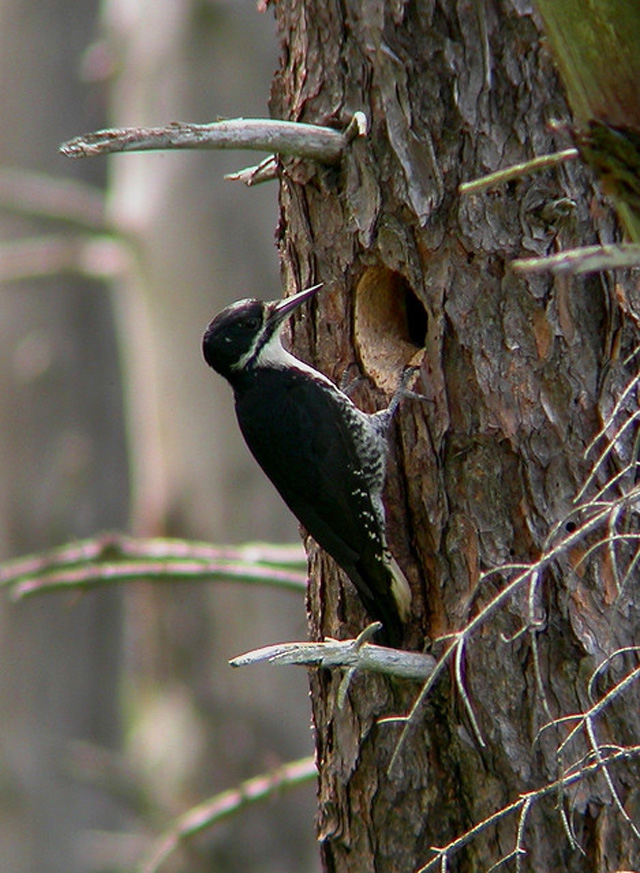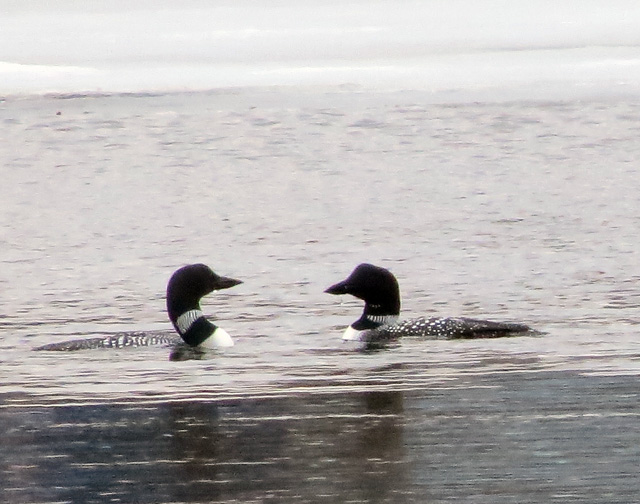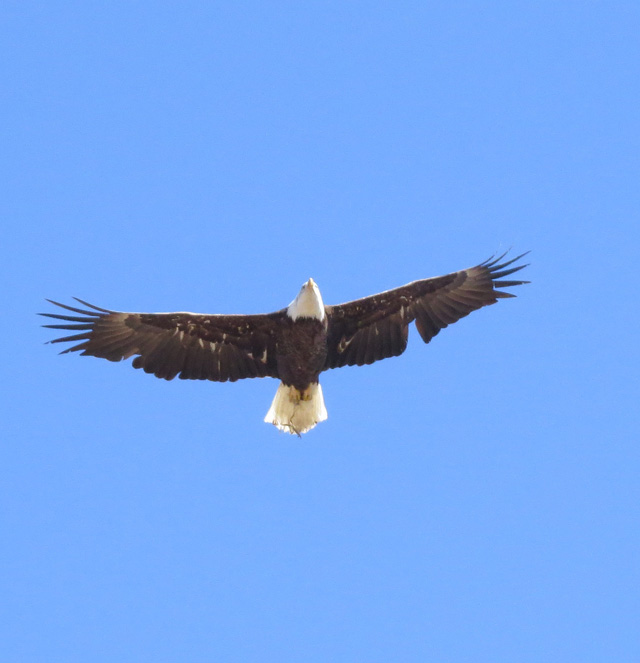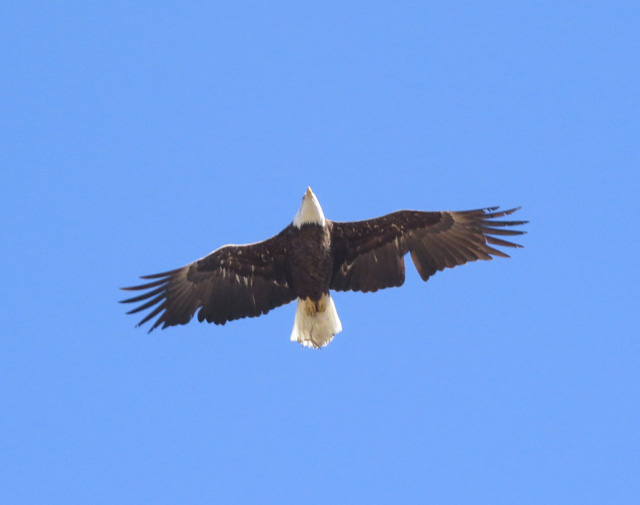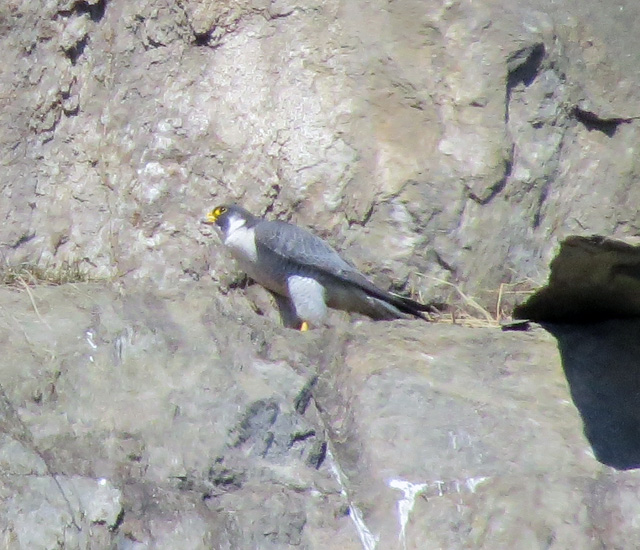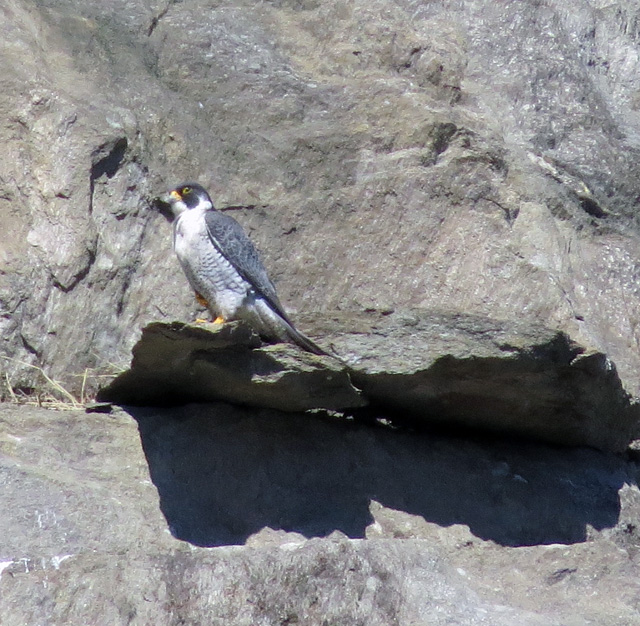Several years ago, a metal brace in the Airstream’s oven snapped, probably from the fatigue of a decade of travel over bumpy roads. I got it welded but then found that the collapse had also damaged parts of the propane dispenser — and ended up disabling the oven completely. It turned into a great storage space for pots and pans and the range continued to work fine. And since lighting the oven was always a scary proposition — nothing, nothing, then woosh — Mary certainly didn’t miss it.
We lived with that for the last couple of years, using a small toaster oven to “bake.” Of course, it only worked when we were plugged in to a power supply and even then, left a lot to be desired. (Sawing a frozen pizza into sizes that fit was fun as was cutting cornbread recipes in half and then still having them ooze all over the place.)
I considered a lot of options — replacing just the stove top and putting a microwave underneath (again, you need power to use it), continuing as we have been (it detracts from selling the rig), or replacing it. That’s the option we chose and I found a replacement unit which came by Fedex yesterday.
Even though it’s not a difficult job, there were challenges. Pulling the old stove out was easy – just a matter of unhooking the propane line and four wood screws. It’s not heavy, about 70 pounds, and so I got it out the door and up into the pickup without problems.
We are fortunate to have a metal recycling operation just a few miles away so since I was going to town yesterday, I swung up there early. I drove on to the truck scales for a “before” weight, tossed the oven in the big pile of light metal objects, and got weighed going out. The attendant said, as I walked into the office, “Well, maybe you can get a cup of coffee.” The payoff was $1.95 but he rounded it up to two dollars. Just about what I expected but the stove is on its way to reuse – perhaps I’ll be shaving with it next year.
The opening for the old stove was a bit too large for this one so last night, I cut some shims to tighten things up, slid it in, hooked up the propane and tested for a leak, and lit her off. The burners worked fine – the oven, which should be easier to light than the old one, will get tested soon.
It will be nice, wherever we are, to have the capability of baking or even broiling — and we can still use the oven for storing our cookware. Off to new maintenance/repair ventures.

